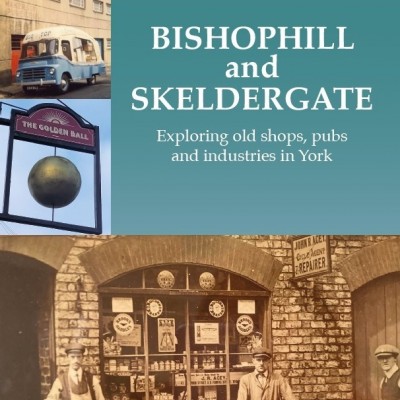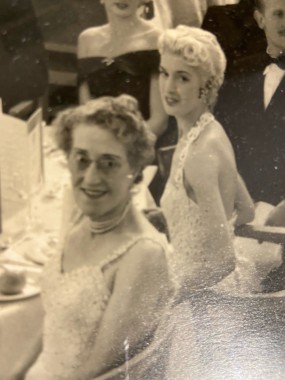01st March 2024
Bishophill women
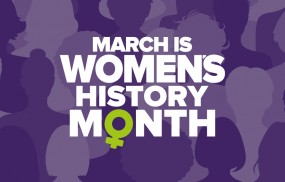 As it’s now Women’s History Month 2024, we’re highlighting a few of the amazing women who will feature in our forthcoming book about Bishophill. It’s an intriguing area of York, bounded by the River Ouse, the city walls and Micklegate, with a vast wealth of history dating back to Roman times, and reflecting some of the most distinctive historical layers in the country.
As it’s now Women’s History Month 2024, we’re highlighting a few of the amazing women who will feature in our forthcoming book about Bishophill. It’s an intriguing area of York, bounded by the River Ouse, the city walls and Micklegate, with a vast wealth of history dating back to Roman times, and reflecting some of the most distinctive historical layers in the country.
Our new book focuses mainly on more recent history, over the last 200 years. Bishophill and Skeldergate: Exploring old shops, pubs and industries in York is the latest in our popular range of local history books, so do look out for our launch in the next few months.
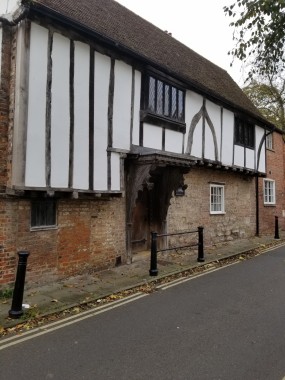 In Bishophill, women played an important role in people’s lives, for example as corner shopkeepers, and we’ve recorded many of these. But we want to feature here a few notable Bishophill women from history.
In Bishophill, women played an important role in people’s lives, for example as corner shopkeepers, and we’ve recorded many of these. But we want to feature here a few notable Bishophill women from history.
Jacob's Well today
The earliest example is Isabel Ward, the last prioress of Clementhorpe Priory, before the dissolution of the monasteries. Henry VIII’s commissioners arrived there in 1536 and all nine nuns, including Isabel, were asked to leave. She eventually bought part of what we now call Jacob’s Well in Trinity Lane in 1549, later buying the whole building in 1564. She gifted the building to what was later to become a trust, whose aims were to help the poor of the parish. Isabel was allowed to live here until she died in 1569, paying a peppercorn rent of one red rose a year.
Lady Ann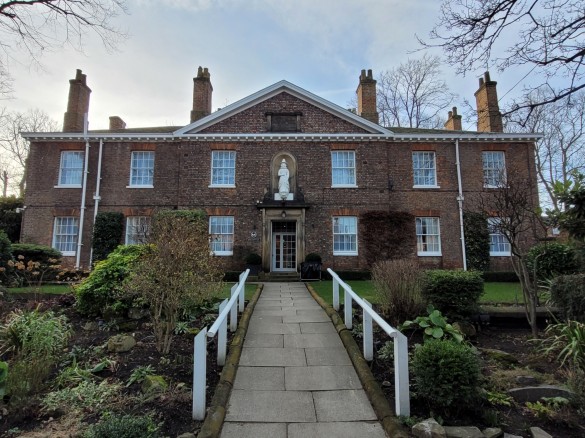 e Building
e Building
Anne Middleton was the widow of Peter Middleton, former Sheriff of York. She founded Lady Anne Middleton’s Hospital in 1659, an almshouse for 22 poor widows. The original building was demolished in 1827 and then rebuilt by architect Peter Atkinson for the Corporation of York as trustees, further back from Skeldergate. A statue set into the house is thought to be Lady Anne. It was still an almshouse in 1939, housing ten residents with an on-site warden, but by the 1970s the old house was sold and converted into the hotel, which we now know as Middleton’s Hotel, on Skeldergate.
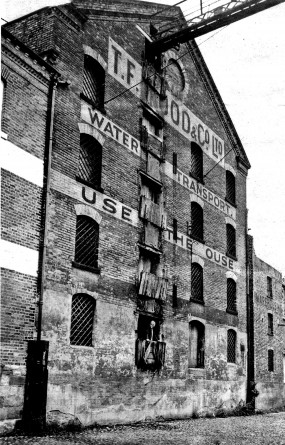 Our next example is Mary Wood of Thomas F. Wood & Co., timber merchant. Richard Wood had been a timber merchant from the late 18th century, with premises including Albion Wharf on Skeldergate. His son, also Richard, married the daughter of his business partner, Leonard Overend, but Mary Wood (nee Overend) ended up running the business alone, following the premature death of her husband Richard in 1846. The business later expanded under her son T.F.Wood as a timber, slate and wharfage business until the 1950s. The name 'Woodsmill' still stands above Queen's Staith to this day.
Our next example is Mary Wood of Thomas F. Wood & Co., timber merchant. Richard Wood had been a timber merchant from the late 18th century, with premises including Albion Wharf on Skeldergate. His son, also Richard, married the daughter of his business partner, Leonard Overend, but Mary Wood (nee Overend) ended up running the business alone, following the premature death of her husband Richard in 1846. The business later expanded under her son T.F.Wood as a timber, slate and wharfage business until the 1950s. The name 'Woodsmill' still stands above Queen's Staith to this day.
Woodsmill Quay building (Syd Heppell)
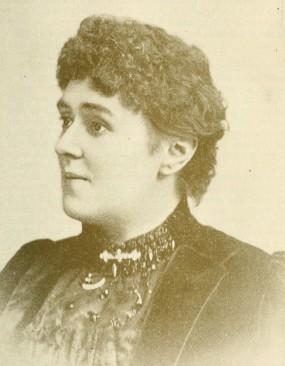 John Strange Winter (Wikimedia Commons)
John Strange Winter (Wikimedia Commons)
You might wonder why we include a 19th century novelist, John Strange Winter, here, but it was actually a pseudonym for Henrietta Stannard (nee Palmer), whose father was Henry Vaughan Palmer. Henrietta was born at 7 Trinity Lane in 1856, where the family had moved when Henry became curate of St Mary Bishophill Junior Church. By 1864 they moved again, to Cemetery Rd, near the York Cavalry Barracks, when he was elected Chaplain to York Cemetery. Henrietta started writing short stories in 1874 under the name of Violet Whyte, but her publisher wouldn't allow a female pseudonym for novels featuring swashbuckling accounts of military life based on her father’s experiences, so she used the name John Strange Winter for the rest of her literary life.
 One of her novels, Bootle's Baby, sold two million copies. She was able to draw upon regular visits to the household by men from the York Cavalry Barracks, and also enjoyed watching their manoeuvres on the Knavesmire. She wrote almost 100 novels, and the art critic John Ruskin was an admirer.
One of her novels, Bootle's Baby, sold two million copies. She was able to draw upon regular visits to the household by men from the York Cavalry Barracks, and also enjoyed watching their manoeuvres on the Knavesmire. She wrote almost 100 novels, and the art critic John Ruskin was an admirer.
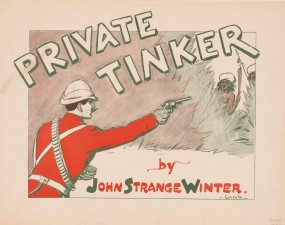 Another of Henrietta's books (Wikimedia Commons)
Another of Henrietta's books (Wikimedia Commons)

